|
Eczema is an inflammatory disease caused by certain triggers such as food allergies, dry weather, clothing material, certain ingredients in personal care products, or emotional triggers. It belongs to a group of skin diseases called dermatitis and is characterized by dry, itchy, and sometimes oozing patches on skin. Ayurvedic texts describe some skin conditions that are analogous to dermatitis. The root cause for the disease is linked to improper digestion of food. Thus the main principles of eczema management in Ayurveda are those of proper diet and eating habits. In contrast, allopathic treatment is focused on managing symptoms using steroids in topical creams or internally to manage inflammation. Long term medication with steroids comes with side effects such as increased appetite leading to weight gain, acne, mood swings, and muscle atrophy. This guide outlines Ayurvedic principles to manage eczema.
Disclaimer: This article is for informational purposes only. I am not a medical professional and do not guarantee medical results. Do your research and work with appropriate medical personnel for your medical needs.
Scientific perspective on eczema
An understanding of the pathology of eczema is far from complete. The cause of eczema is attributed to a combination of factors such as epidermal barrier dysfunction, and immune dysregulation. The following factors can increase an individual's risk for atopic dermatitis, a class of skin diseases of which eczema is an example:
The link between impaired epidermal barrier function and the immune system Skin protects our body from external pathogens, pollutants, and toxic chemicals. The outermost layer, the epidermis, also serves the function of limiting water loss from the body. There is growing evidence that points to impaired skin barrier function being a symptom of an abnormal immune system. Several factors impact the immune system:
Treatment of eczema Eczema is typically treated using topical and oral steroids to manage symptoms. Topical corticosteroids are prescribed to manage itching. Oral steroids are added to the treatment regimen in severe cases. Oral steroids work by suppressing the immune system. Steroids are intended for short term use as prolonged use can lead to several side effects. Oral steroids are especially risky as they can lead to kidney and liver dysfunction if used long term.
Preventive strategies using Ayurveda
In Ayurveda, the specific skin disease that matches the clinical manifestations of eczema is called Vicharchika. All major Ayurvedic texts (Charaka Samhita, Ashtanga Hridayam, Sushruta Samhita) point to improper diet as the major root cause of eczema. Improper diet includes:
General eating guidelines
There is a laundry list of foods which cannot be combined per Ayurveda. Incompatible food combinations weaken the digestive fire over time which is the root cause of all diseases per Ayurveda. It can be very stressful to break this down into what is OK to eat and what is not if you're new to Ayurveda. But we can distill things into a few guidelines listed below: The following foods can be safely combined:
Skincare and lifestyle guidance
Appropriate skincare must be used along with diet management strategies to manage eczema. It is as important to avoid certain ingredients that can trigger a flare up as it is to include certain others to nourish the skin. Less is more when it comes to products.
Herbs used to treat eczema Look for the following herbs in your skincare if you have eczema:
0 Comments
Table of contents
To answer a question on whether something is healthy or not, we need to first have a framework that defines what is healthy. I will use two frameworks: Ayurveda and the dietary guidelines set by the World Health Organization (WHO).
The Ayurvedic Framework Ayurveda recommends the following foods to be appropriate for regular consumption as part of a healthy diet. These can broadly be categorized into those supporting body structure (muscle, bones, cells), and those promoting healthy digestion. Note that there are other foods that are important for health, but the ones below are deemed essential for everyone, regardless of their Prakrti, or constitution.
The WHO framework
Healthy Diet Recommendations:
The primary distinction between Ayurvedic and WHO frameworks is that Ayurveda considers the properties of food as a whole, while the WHO breaks down food into sugars, fats, salt, protein, etc. Modern guidelines often quantify food in terms of energy (calories) and recommend limits on sugars and fats.
What are the concerns around milk and human health?
Ayurveda on milk
Ayurveda originated thousands of years ago in an era when cows were raised naturally, consumed grass, and were milked during natural pregnancies without artificial insemination or hormone use. Milk Processing in Ayurveda:
Milk is typically tempered with spices suitable for one's constitution or disorder.
Science on milk
Multiple reviews have examined clinical trial data concerning the impact of milk on cardiovascular health, with a focus on saturated fats and their relation to cholesterol levels, particularly LDL-cholesterol. A summary of three papers (reference 1, reference 2, and reference 3) is presented below. Diet-Heart Hypothesis Revisited:
On the other hand, several benefits of cow's milk were reported from the clinical trials. Benefits of cow milk Milk and Blood Pressure:
Milk processing considerations
Raw, pasteurized, or homogenized? A significant difference between ancient times and the modern era is the evolution of the dairy industry. Raising a cow or two at home has morphed into massive cattle farms to provide billions of people enough milk. This impacts the food that cows eat - natural grass, legumes, alfalfa, and hay to processed food made from corn and soy that are grown at mass agricultural scale using pesticides, and genetic modification. Most cows are also treated with hormones to increase milk production that causes great suffering and pain to these animals.
What is salt? Technically, it is what you get when an acid reacts with a base. However, when it comes to salt in our diet, it is synonymous with sodium chloride, NaCl. It is the compound you get when hydrochloric acid reacts with sodium hydroxide (the base). Salt was used by humans long before its chemical composition was known. Before sophisticated analytical technologies, like spectroscopy and mass spectrometry were invented to identify the chemical composition of substances, humans had to use their senses to discern different substances. Ayurveda, a healthcare system that originated in India over 5000 years ago, talks about the salt taste as one of the six essential tastes that is necessary in the human diet to support health. As with pretty much everything else, we have choices when it comes to salt; from the common table salt, to the pretty pink Himalayan salt, to the less visually appealing black salt. All all salts equal when it comes to our health? This article will delve into the nature, types, and nutritive impact of salt as described in Ayurveda, with some chemistry juxtaposition. Salt taste in Ayurveda
One of the fundamental properties of substances as described in Ayurveda is Rasa, translated as "taste" in English. There are six tastes: sweet, sour, salt, pungent, bitter, and astringent. Since everything that was known to humans was perceived through the senses, Ayurveda describes the properties of substances in terms of five perceivable elements called Panchamahabhoota viz. space, wind, fire, water, and earth. The salt taste has the properties of Fire and Water elements and has the following effect on the body:
There are over ten types of salt that are referenced in the Brihat Trayi, the three authoritative works on Ayurveda. Of these, five types are referenced in all three which indicates they were probably more commonly used. These are Saindhava, Samudra, Sauvarchala, Vida, and Aubhida. 1. Saindhava salt is referenced in all three texts as being the best type of salt. This is currently understood to be rock salt. Contrary to other types of salts, this salt is cooling and beneficial for the eyes. The excellent review on salts in Ayurveda by N. S. Mooss explains the possible origins and composition of this salt:
4. Vida salt is described as being "sharp, and alkaline, and dark red in color". This variety of salt is also currently shrouded in confusion as to the chemical composition. It is a salt that seems to be synthesized using organic material, probably alma. It is unlikely that there are authentic commercial forms of this salt available today. 5. Aubhida salt is described as "sharp, hot, bitter, pungent, and alkaline". The origin of this salt seems to be in current Punjab. Mooss postulates that the composition of this salt is similar to Souvarchala salt based on the similarity in properties described. Iodine in salt Iodine was introduced in salt in the US in the 1920s when goiter, a disease that causes enlargement of the thyroid gland due to iodine deficiency, plagued a significant percentage of the US population. Natural food sources of iodine are plants that absorb the nutrient from the soil, seaweed, fish, and dairy. However, there are some areas where the soil is depleted of iodine, such as the Great Lakes region in the US. This area was part of the "goiter belt" that catalyzed the introduction of iodized salt. Iodine is not found naturally in cow's milk, but industrialization of the dairy industry, particularly, using iodine for sanitation and in feed, have resulted in dairy products becoming a significant, albeit highly variable, source of iodine. So this begs the question: do we need iodized salt?
I recently dropped a kid off at college and found myself stressing over how she’d take to adulting. Eighteen years of stability, comfort and organic food given up for a tiny box of a room, unhealthy food, and the freedom to binge on alcohol and god knows what else teenagers binge on. I suddenly seemed to be afflicted with amnesia, unable to recall any risky behavior I might have indulged in when I left home for college. My mom asked me if I’d taught her to cook. I rolled my eyes and said, “There are thousands of YouTube videos that she can watch to cook anything she wants. The correct question is, “Does she want to cook?””. What about managing money? We live in a world of digital currency. No more worrying about cash when there’s Venmo. The question is, what will she spend money on? As this conversation went on, I realized, somewhat triggered by Yuval Noah Harari’s works that I’d been reading, that two important questions to answer on our journey to adulting is “What do I really want?" and “Why do I want it?” As Google becomes our most trusted friend and guide, TikTok and Instagram tell us what we should like, and Amazon tells us what we should buy, do we have free choice anymore? “Know thyself” is age old wisdom but is probably more relevant and important today than it has ever been.
The oldest seeds of human self awareness can be traced through the hazy maze of history to almost ten thousand years ago. The roadmap for human life lies like a diamond in the rough within the cryptic, archaic Sanskrit literature called the Vedas. Aptly called Purushartha (literally translated to “self meaning”), the Vedas alluded to four objectives of human life: earn one’s living, experience life to fulfill one’s desires, live a life of balance to understand and abide by what’s right, and finally, learn to let go, be “free” of desire. Detailed works expounding upon each of these four objectives were subsequently recorded by various scholars. We can distill some core principles from this ancient wisdom and use them as a compass to help us live with awareness. Artha, pursuit of material objectives: The Purusharthas advocate for the pursuit of wealth and material comforts. However, this needs to be done within the boundaries of Dharma. Dharma is a word that is impossible to translate into English. In this context, it implies that the pursuit of wealth must be done without harming others and in an honest manner. The guidance is to work with utmost focus without being attached to the work, or the fruits of the work. Through our work, we contribute our bit to the betterment of humankind. How do we interpret this in modern society? Some thoughts:
Chances are that you suffer from dry skin for at least some parts of the year unless you live in a tropical, humid country. Several factors such as genetics, age, environmental factors like weather, and diet that is low in fats, can make your skin rough, dry, and flaky. Read on to understand what "dry" skin really is and how you can incorporate simple steps to keep your skin comfortable and healthy. There are two conditions that are typically lumped together as "dry" skin. These are:
Dry skin is generally persistent and attributed to genetics or age. Ayurvedically, Vata predominant prakrti people are more prone to dry skin. Dehydrated skin, on the other hand is a condition that is generally due to a weakened skin barrier function. Anyone may be susceptible to dehydrated skin. Ayurvedically, dehydrated skin is more of a Pitta imbalance. How to manage dry and dehydrated skin
Dry skin needs oil, dehydrated skin needs moisture. Dry skin and dehydrated skin may have similar symptoms. So it's best to ensure that your skin has both enough oil and moisture. There are three classes of ingredients that can help relieve the feeling of dryness:
What are your hair woes? Mine is a smelly scalp. I tend to sweat a bit on my head when I go for walks or exercise. So my personal nightmare is repulsing someone with scalp odor. Of course I could wash my hair several times a week to avoid this. But when you shampoo too often, you're cleaning the dirt at the expense of stripping your scalp of sebum, the natural oils that protect it from overly drying and keeps hair healthy. Read this article for a description of how shampoo works.
My hair care routine is as follows:
Oiling the scalp increases blood circulation to it and is important for healthy hair. A good hair mask must provide nourishing ingredients without stripping the scalp of the oils. You can customize hair masks for different purposes example, dandruff, hair fall etc. Some stellar ingredients suggested by Ayurveda are aloe vera gel (fresh from the plant), brahmi and bhringraj for hair fall, neem for dandruff, hibiscus for conditioning etc. Shikakai and aritha powders gently cleanse and restore pH balance to the scalp. A note on conditioning: modern day conditioners are made of oils, waxes and silicones. While they can make your hair shine and are great for detangling, the waxes just draw more dirt and if you put the product on your scalp, can block the pores and interfere with sebum production. Unfortunately, most commercial shampoos are so harsh that shampooing without conditioning is almost impossible. This is why it is important to pick a gentle, naturally conditioning shampoo. Saroya's Coconut Eucalyptus powder shampoo has conditioning coconut milk and is gentle enough that you don't need conditioner. For modern day bathing in showers, shampoos work best to remove the oil. This is what I advise my clients to do to achieve healthy hair that doesn't smell bad if you go a few days without washing.
If you'd like to know more about the Ayurvedic perspective of hair, I recommend this article. Do you have a hair care routine? Comment below! Do you, or your loved one, suffer from acne? Do you feel like you've tried everything but nothing seems to work? There's good reason why most acne products don't work. The fundamental issues are:
What is acne? Acne is characterized as a chronic inflammatory disease. It presents as closed or open comedones - i.e. whiteheads and blackheads - and inflammatory lesions - i.e. pimples, nodules, pustules. Typically acne is prevalent in young adults with girls being affected at a younger age (average 12 years) than boys (average 15 years). Adults also suffer from acne, typically women, due to hormonal issues. Since acne is characterized as a disease, it is a medical condition. Causes of acne There are multiple factors that cause acne. Below are a few well known ones:
Current treatment for acne Modern treatment of acne falls under four categories:
By far, the most common treatment is topical - i.e. products applied on the affected area. The current practice for treating acne combines multiple methods and ingredients in the hope that one or more of them will address the patient's particular acne. The major drawback of such an approach is side effects of using too many products, bacterial resistance to antibiotics rendering them ineffective, and expense involved in buying multiple products. Ayurveda and acne Given how ancient Ayurveda is, it is quite remarkable how many of the modern acne pathways it covers. Below are various causes of acne that are addressed in Ayurveda:
In summary, both modern scientific research and Ayurveda point to multiple factors that cause acne. Therefore the most effective solution is one that is customized to your particular TYPE of acne. While there are many over the counter products for acne, you need to understand the cause of your particular type of acne and the ingredients that are suitable to address it for the products to be effective. The concentration of the active ingredients is also crucial in the efficacy of the products. The Ayurvedic approach offers the following benefits:
Sources:
https://www.ncbi.nlm.nih.gov/pmc/articles/PMC6560440/ https://www.ncbi.nlm.nih.gov/pmc/articles/PMC3051853/ https://www.ncbi.nlm.nih.gov/pmc/articles/PMC3780801/ https://www.ncbi.nlm.nih.gov/pmc/articles/PMC2835906/ https://www.aad.org/member/clinical-quality/guidelines/acne https://www.ncbi.nlm.nih.gov/pmc/articles/PMC6360964/ https://www.jidonline.org/action/showPdf?pii=S0022-202X%2815%2930101-9 https://www.ncbi.nlm.nih.gov/pmc/articles/PMC3366450/ https://www.mdpi.com/1420-3049/21/8/1063 https://www.researchgate.net/publication/330243222_Review_on_Yuvanpidika_Vis-A-Vis_Acne_Vulgaris I am part of a Facebook group of female founders in beauty where someone asked the group to provide inputs on preservatives in cosmetics. Below is what I sent. Please note that there is a lot of misinformation around the use of preservatives. It is true that Saroya as a brand attempts to minimize products that have water and thereby remove the need of preservatives. But that choice is driven by many reasons beyond the need for preservatives.
Why are preservatives important in cosmetics? Preservatives are important in cosmetics for pretty much the same reasons they are important in other products, including food. They extend the shelf life of the product by inhibiting the growth of bacteria, mold, fungus, and yeast. Typically all cosmetic products that contain water need a preservative to have a shelf life that extends beyond a few days. What preservative(s) do you use in your products? Why? - My brand focuses on waterless formulations so I do not use preservatives in a lot of my products. For the few products that do contain water like creams and lotions, I use a preservative combination of gluconolactone and phenoxyehanol. Phenoxyethanol is a very easy to use preservative in that it does not impact the stability of cosmetic formulations. It is also effective. However, it is a skin irritant and I am personally allergic to phenoxyethanol. This particular combination works for me as I am able to reduce the concentration of phenoxyethanol to a point where it does not cause a reaction while being effective in doing the job of extending the shelf life. Update: I switched to a much more gentle preservation system made from fermenting radishes in combination with gluconolacctone. Leuconostoc radish root ferment filtrate is a probiotic preservative that also helps with skin moisturization and pH balance. My formulation philosophy still remains the same - i.e. avoid water and/or use self preserving ingredients which have skincare and antimicrobial properties . What is your opinion on parabens? I believe parabens have got a bad rap not necessarily backed by science. I personally have never used parabens but as a scientist I believe that a lot of things said about them are taken out of context or are not backed by facts. Some of the reasons that people believe parabens are bad are: a) They are endocrine disruptors. Yes, but so are many other things that contain phytoestrogens, including a lot of foods like soy. b) They cause cancer - this is really not backed by facts. The reason people believe parabens cause cancer is because there was a paper published that found parabens in breast cancer cells. Somehow this came to mean that parabens was the cause of the cancer. Do you use natural preservatives? Vegetable glycerin is not regarded as a preservative but it can enhance shelf life by binding to water. In that sense, yes, I do use naturally available ingredients as preservatives. Update: Leuconostoc radish root ferment filtrate is classified as a natural preservative. Roses are abloom where I live (northern California). A friend asked me to share beauty recipes using roses - so here goes. But first, a quick introduction. Ever since the world changed with the spread of Covid 19 and we were asked to shelter in place, I started a self study of Ayurveda. I discovered the ancient texts of Charaka and Vagabhatta - the Charaka Samhita and Ashtanga Hridayam. Once I started reading these texts as well as numerous papers published by Indian academic institutions on the science of Ayurveda, I was completely blown away by the simplicity and consistency of this approach. I cannot go back to my old way of doing skin care.
According to Ayurveda, every substance in the universe can be used as medicine provided you know what you're doing and how to use it. Every substance has certain properties which should be understood so that the maximum benefits are derived from it. So before we talk about how to use rose, we need to understand what to use it for. Rose is Bitter, Astringent, and Sweet in taste. It has Light and Slimy properties. It is Cold in potency. Therefore, in Ayurveda, rose is used to soothe Pitta dosha and any disorders due to this dosha,. Rose is especially good if you have sensitive skin that tends to get inflamed easily. You can use rose externally as well as internally; use it fresh or dried. But first things first:
The best way to use roses for skin care is via face masks. Use fresh or dried rose petals to make these masks.
Or drink a rose tea. To make rose tea, pour just boiling water on 3-4 dried rose petals. Let it steep for 2-3 minutes and drink the tea. Rose is good for the heart and balances Sadhaka Pitta - a sub-dosha of Pitta that influences emotions. . You can consider making a nervine tea by making a tea of rose, chamomile, and lemon balm. This combination is calming to the mind and helps the nervous system. Drink a cup before going to bed to set a calming ritual. I hope you find these recipes useful. Comment down if you plan to try any and how they worked out for you! Every so often, I get questions from clients on skincare. Here's an interesting one from my sister: “Should I be using a toner?” Read on to find out.
There are multiple categories of skin care products: cleanser, toner, essence, serum, moisturizer, mask … what else am I missing? The function of cleansers and moisturizers are the easiest to understand. Cleansers remove dirt and oil from your skin. Moisturizers add hydration (or moisture) to your skin. Toners fall into a grey zone in terms of functionality. Some define the function as cleansing of your skin pores. Some define the function as adding more hydration or other additives. Hyaluronic acid and vegetable glycerin are examples of humectants that help with extra hydration while vitamins are other beneficial additives that can be added. A toner, essence, water, or serum can all provide similar functionality. They are typically used after cleansing and before applying moisturizer and are watery in consistency. Some toners have alcohol in them. These are sometimes labeled as astringent toners. They are marketed as products that "tighten pores". Technically, pores do not open, close, or tighten. What happens is that the skin around the pores tightens because of dryness (alcohol is very drying) giving you the impression that your pores are tighter. Coming back to the question “Should I use a toner?” - below are three reasons to use one
I personally use real soap to cleanse my body and sometimes my face. The reason is because I made a choice to eliminate plastic from my skin care regimen as much as possible. (Saroya offers a solid shampoo bar that is neutral in pH that can double as body soap, but I prefer real soap because it can be made from scratch from plant oils.) The pH of the soap I make is around 8 so I use an acidic toner immediately after to neutralize the alkalinity.
This toner from Keihl’s has calendula and burdock botanical extracts meant to soothe sensitive skin. This toner from Neutrogena is just water and butylene glycol and not terribly useful in my opinion. Other than a humectant and panthenol, it has no other nourishing ingredients. Some toners contain witch hazel, a bark with astringent properties, that constricts skin and gives the feeling of tightening pores. It is debatable if astringents do any good. However, witch hazel extract contains other beneficial skin nutrients such as polyphenols which are antioxidants. But beware of commercial products containing witch hazel as they can contain significant amounts of alcohol which is extra drying. In conclusion, consider a toner if you would like to get some new functionality that you aren’t getting from your regular routine. Do not simply pick a product based on the cover - read the ingredients and understand what they can do for you! |
|
|
© Saroya Natural 2023 | All rights reserved.
Website designed by Aadi M |
Contact Us |


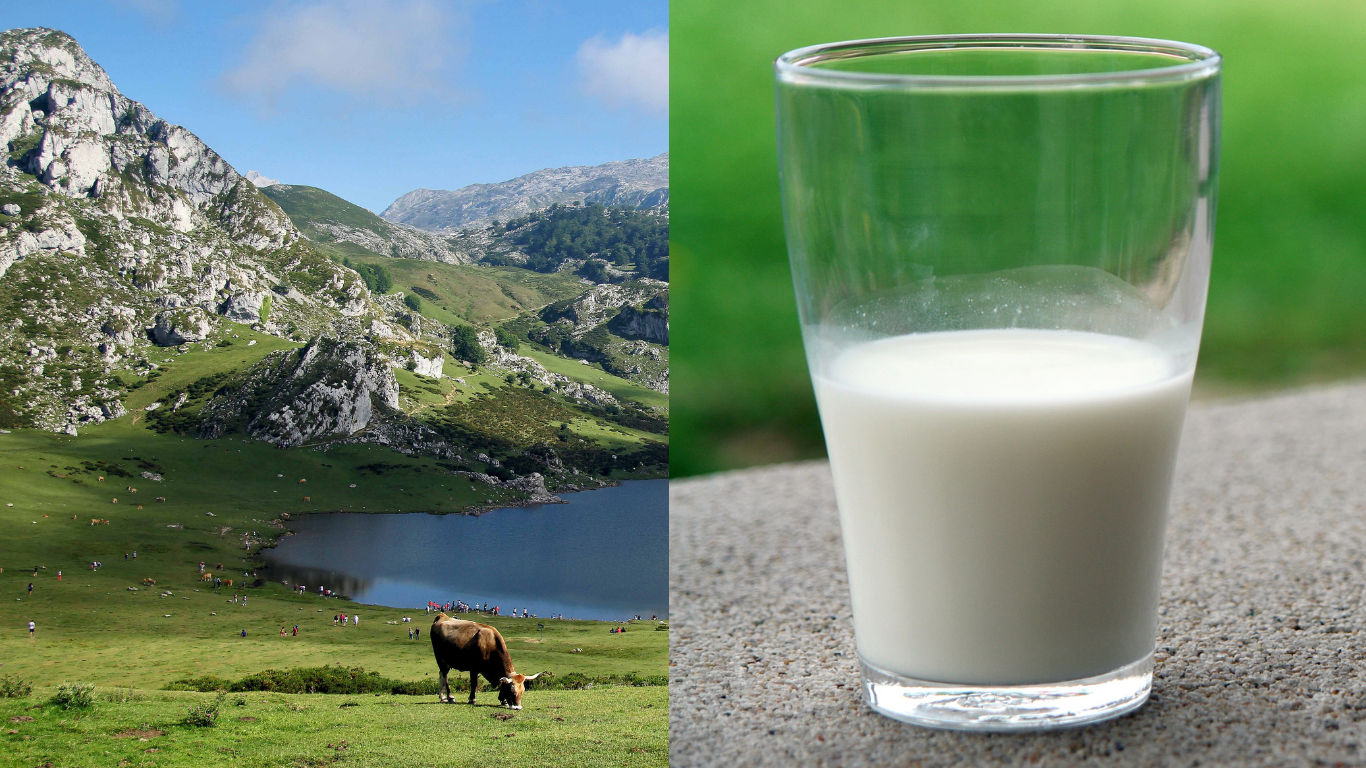


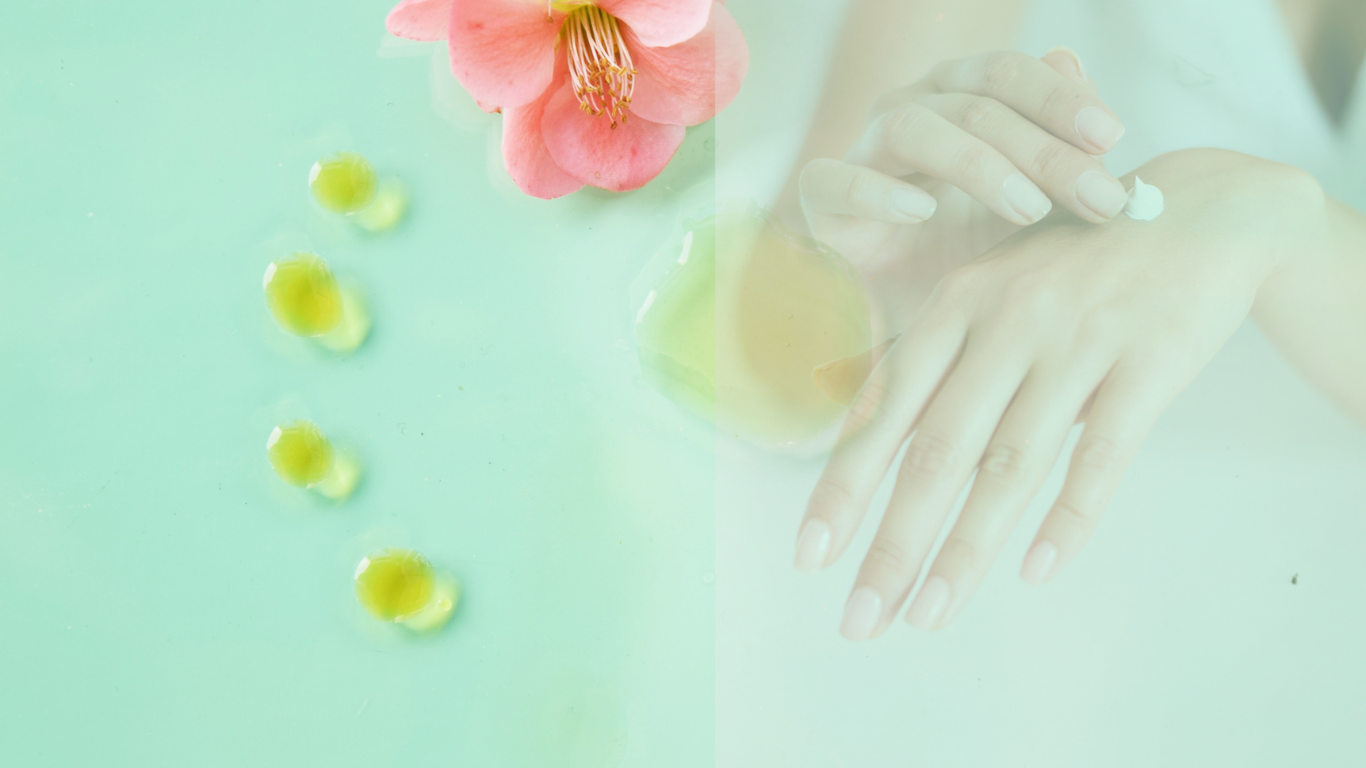
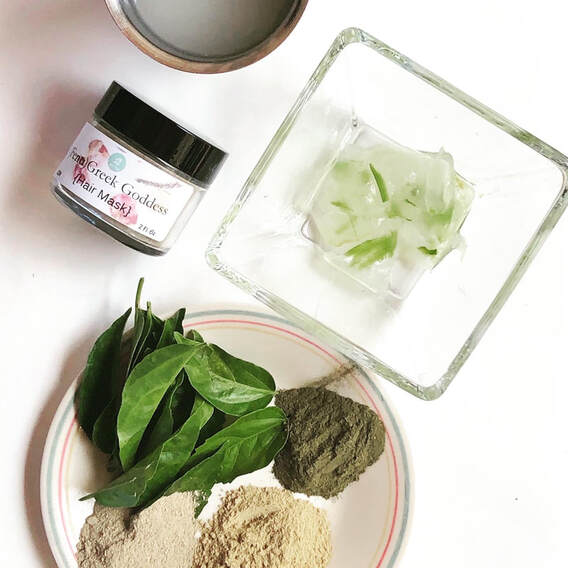
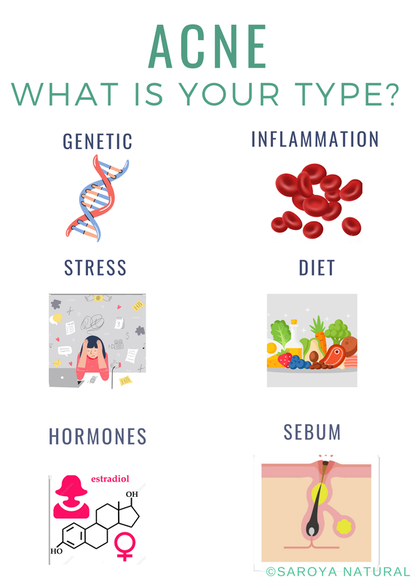
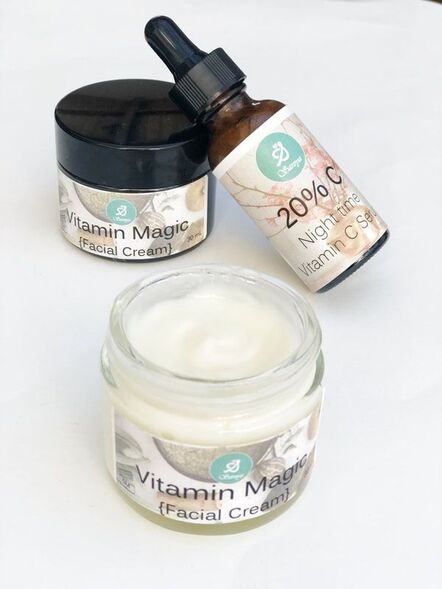
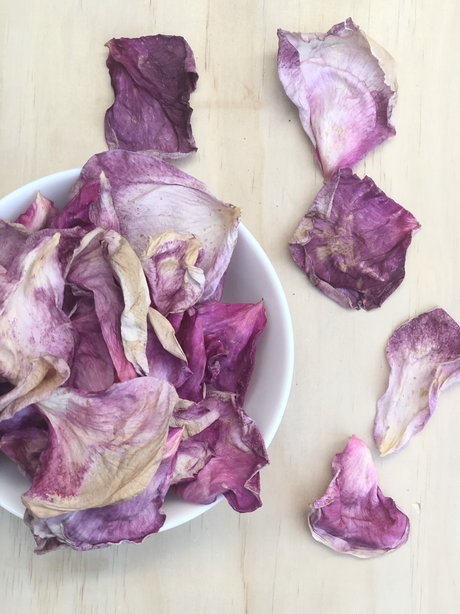
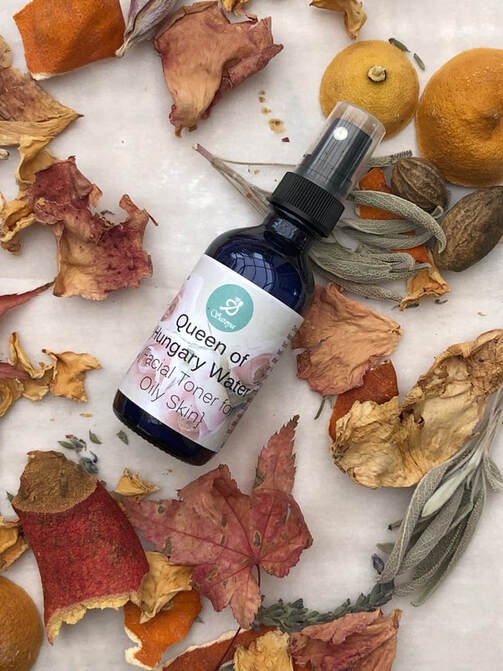
 RSS Feed
RSS Feed